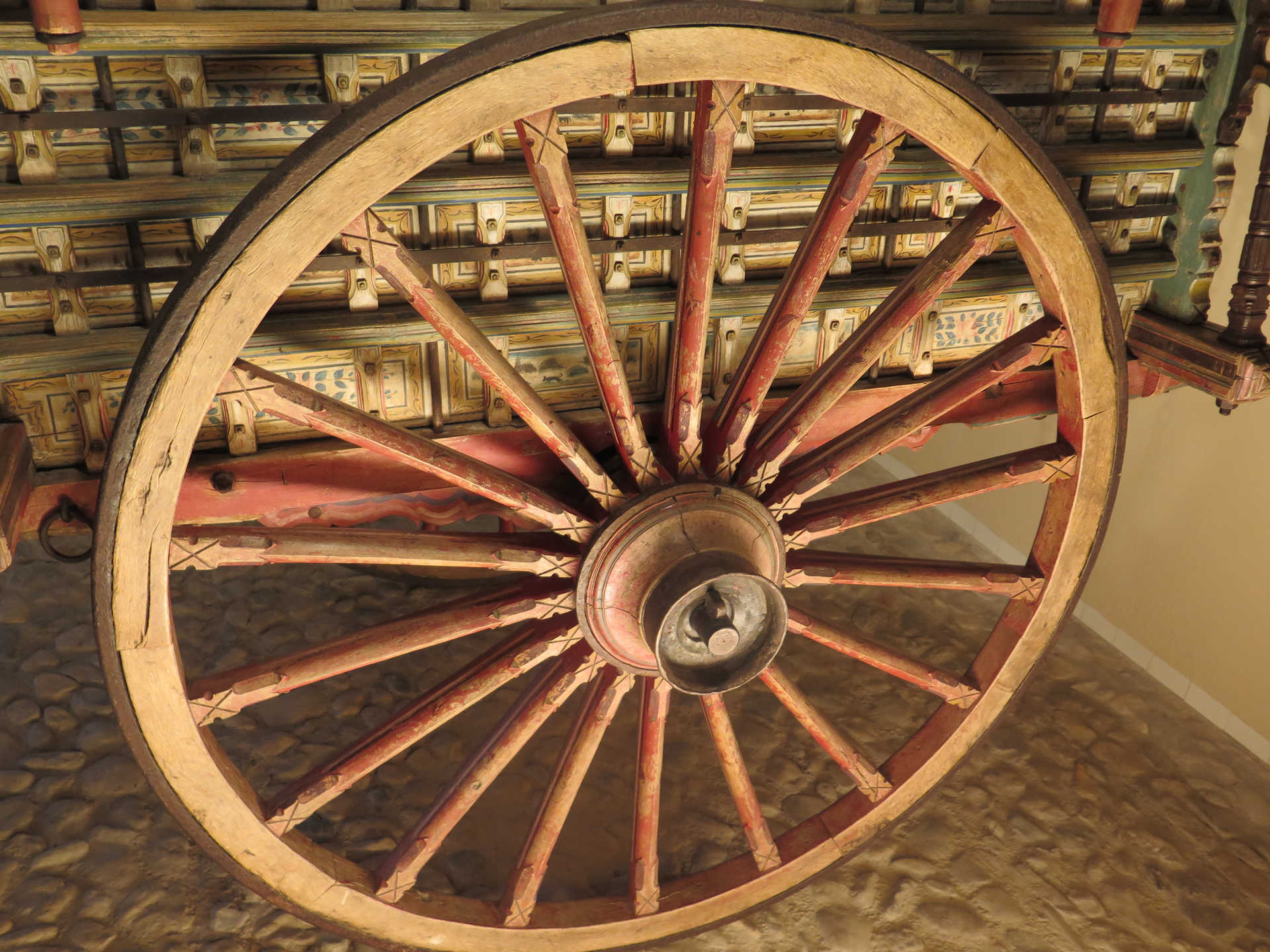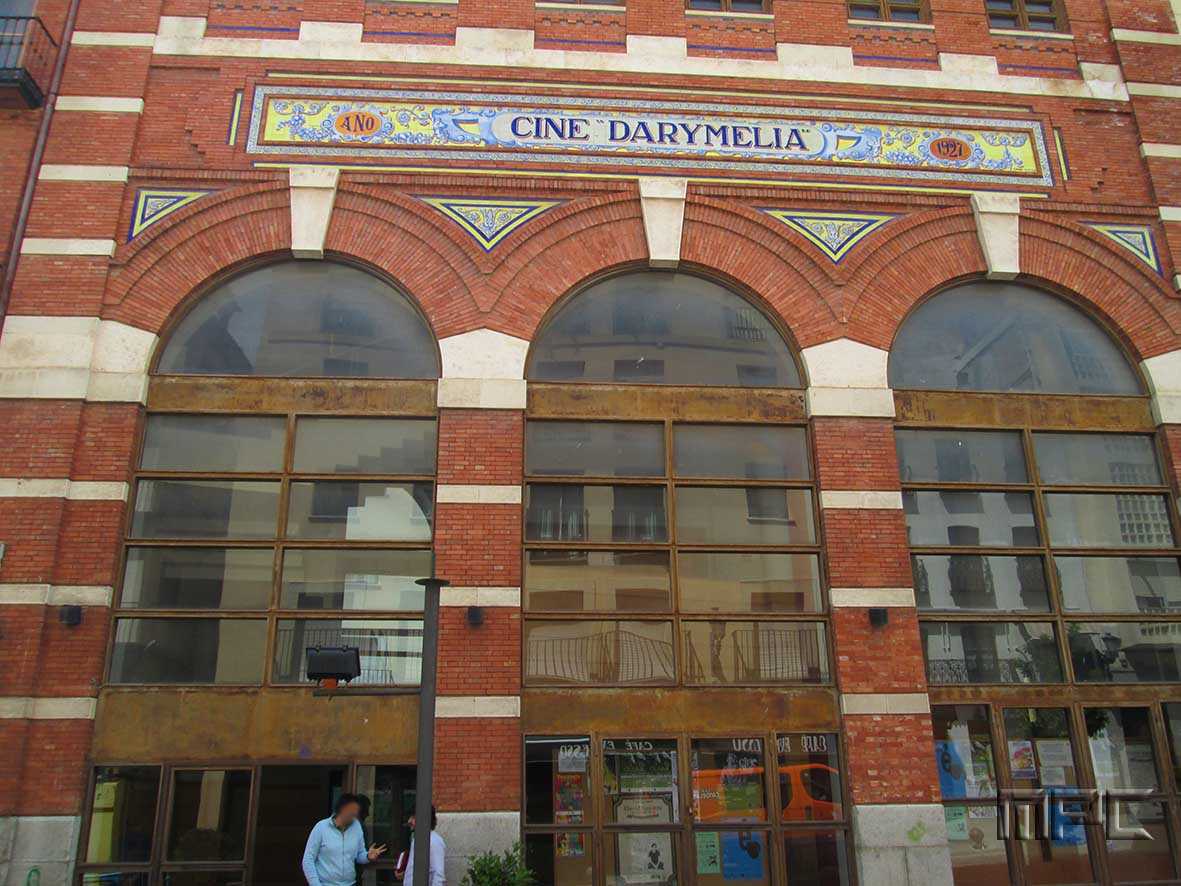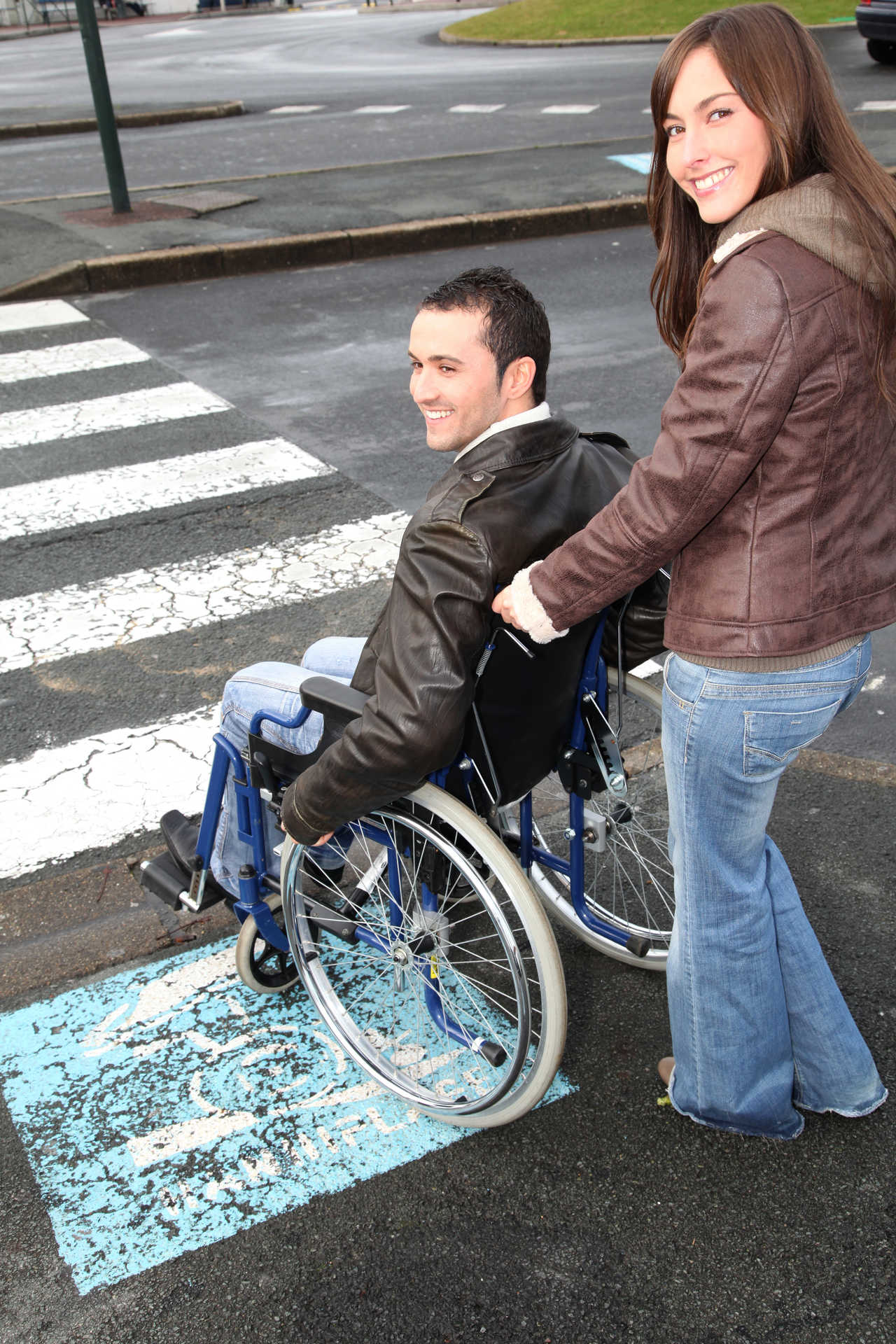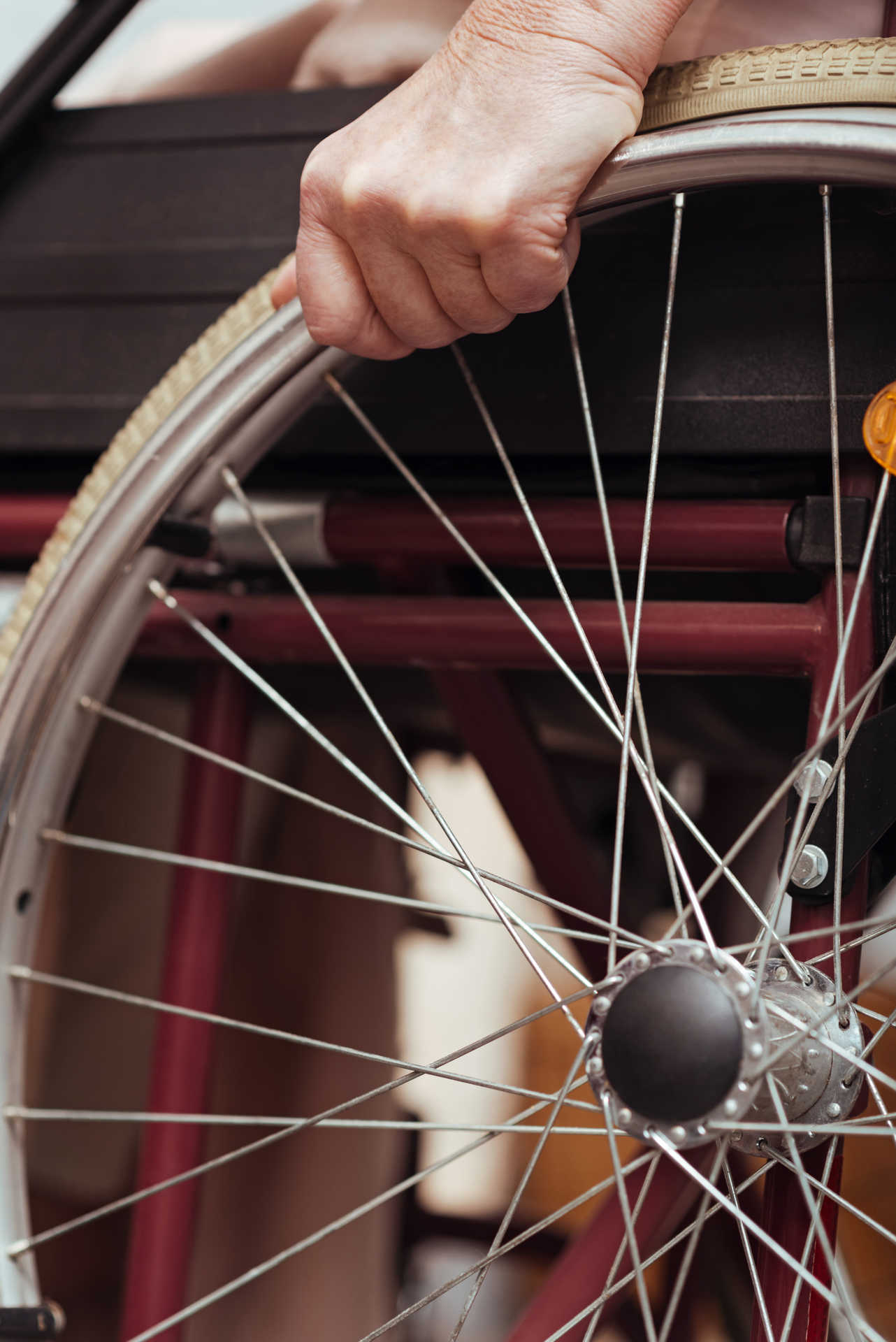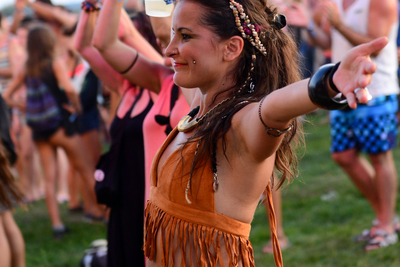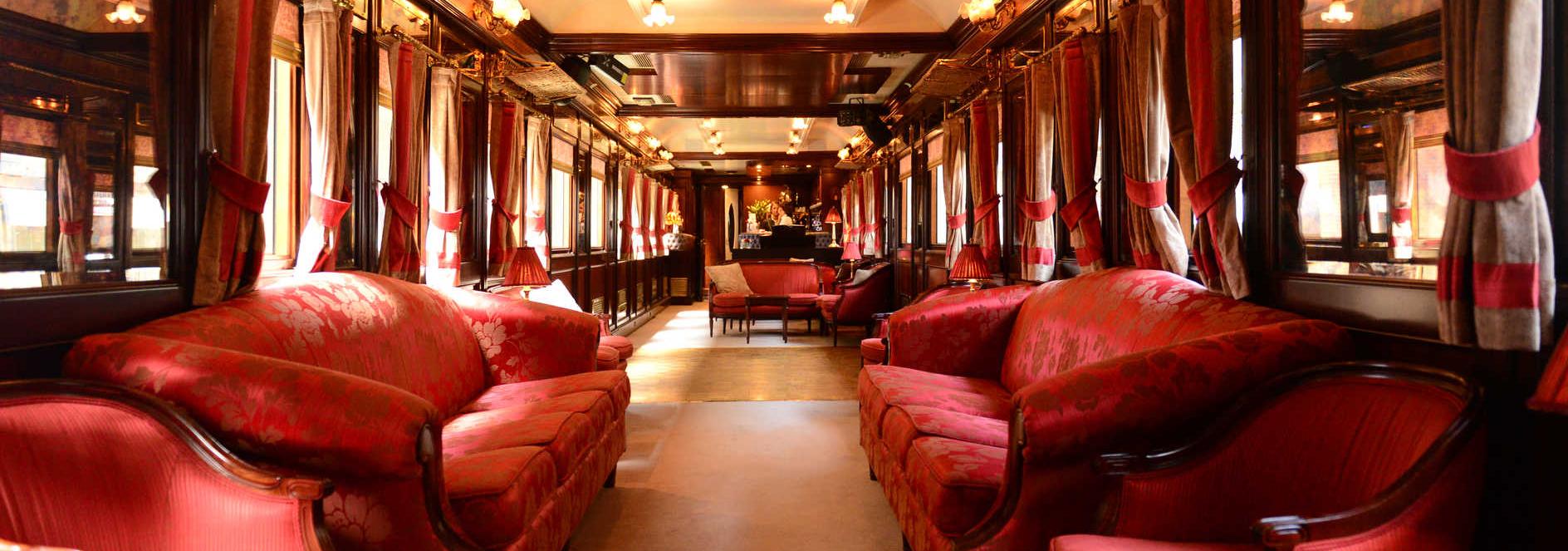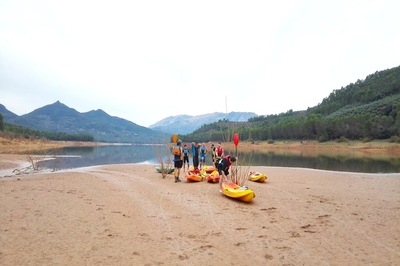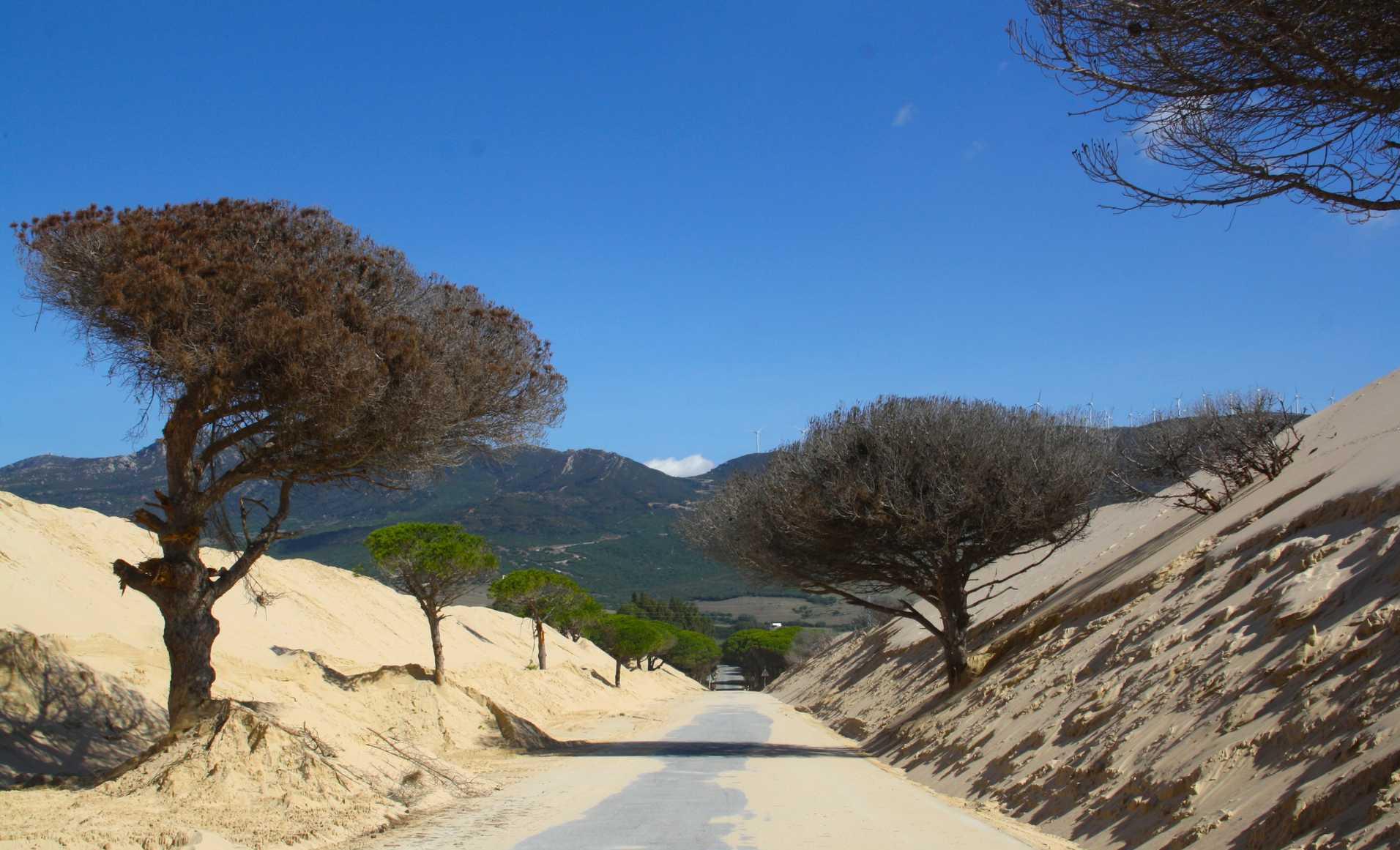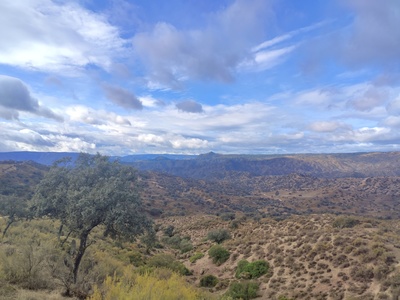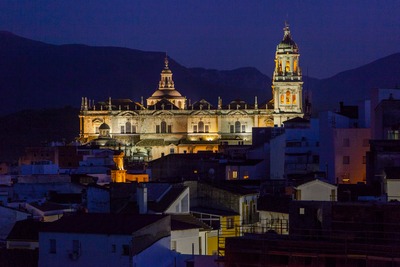Accessible culture in Jaén
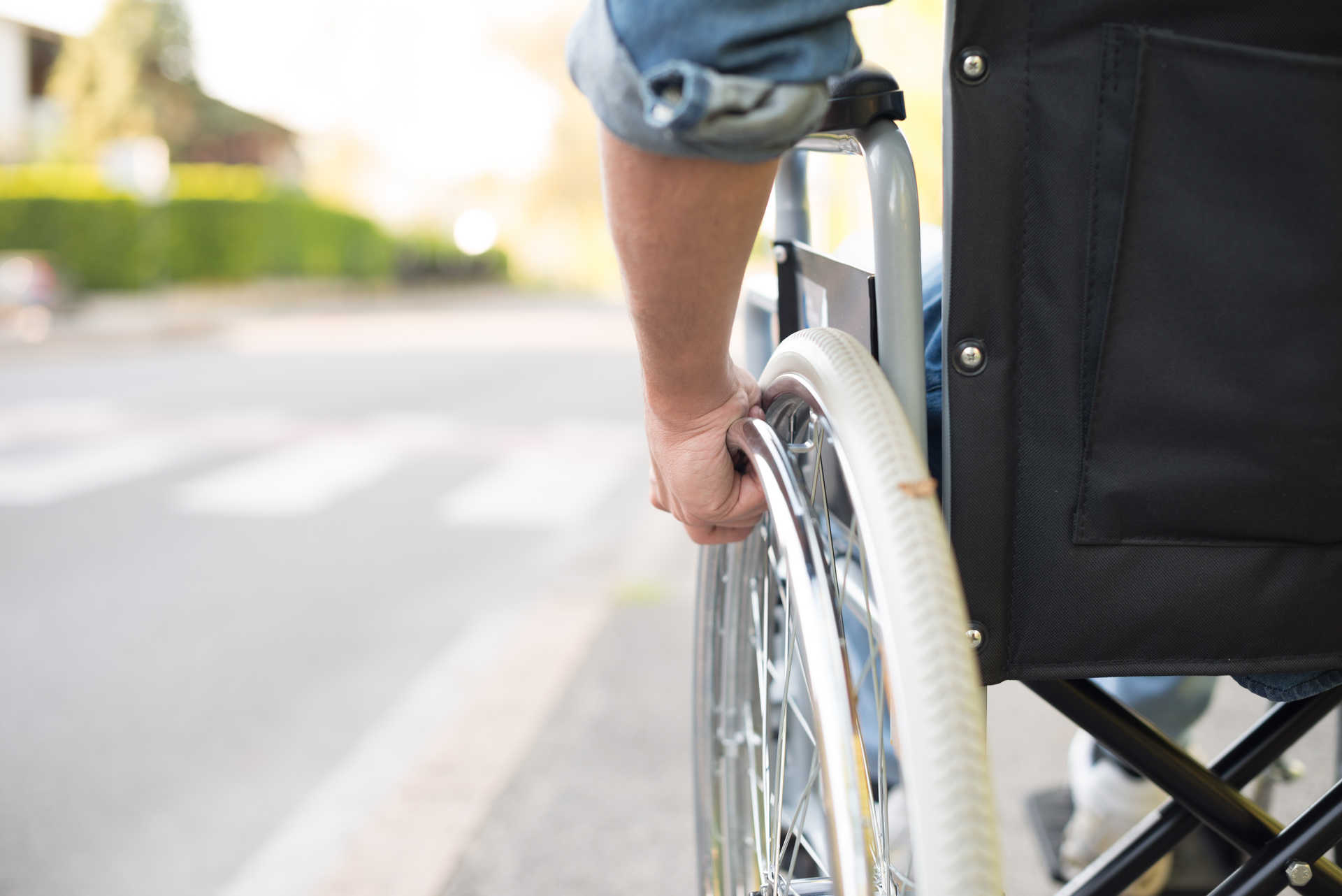
The benefits of accessible tourism mean including visitors with disabilities and this is typical of open cities. Here are some of the most inclusive cultural aspects in Jaén.
When thinking of things to see in Jaén, and considering adapted tourism, there are many highly attractive options. These include something for those looking to discover the city's civil and religious architecture, which is plentiful and intriguing, as well as something for people who wish to experience culture in a different way, for example, by exploring the city's museums. Or by diving into the theatre scene.
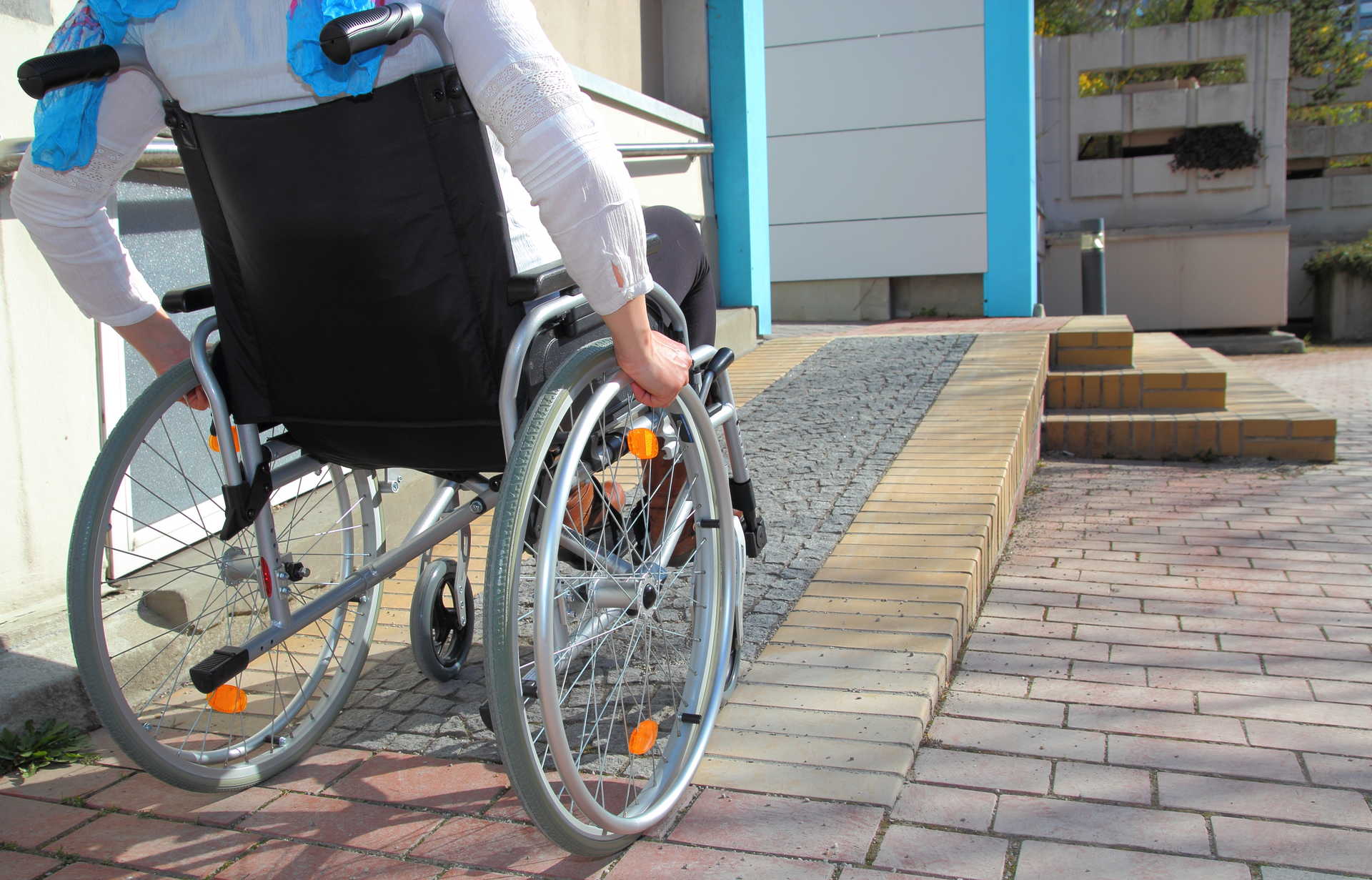
Plan 1. Festival
Septimebre arrives and the city prepares for one of its main cultural events. Yes, it's the Autumn Festival that, for those who are visiting, offers a programme where the performing arts and music take centre stage: theatre, lyrical poetry and concerts comprise a varied range of options in which famous faces from around the country take part. There are two venues that host events from September to December.
Firstly, there is Teatro Darymelia, which is an old cinema in a beautiful building with a 19th century, regionalist facade that first opened its doors in 1927. Its architect, Justino Flórez Llamas named his creation after his daughters, Daría and Amelia. It has three spaces reserved for people with reduced mobility, however, users should call the theatre in advance to confirm if these are still available, or if the show is adapted to other types of sensory difficulties (sight or hearing). The toilets are accessible and adapted, and the theatre has a lift with embossed buttons.
Secondly, there is the Teatro Infanta Leonor, which is a contemporary space opened in 2008. It is located in Jaén's historic quarter (indeed, it incorporates the remains of the ancient Puerta del Aceituno) and it has spaces for people with reduced mobility. In the main hall it also has a box for spectators with hearing difficulties. There is parking for people with disabilities, an adapted desk and toilet, an accessible cloakroom, a lift with Braille and subtitles are available.
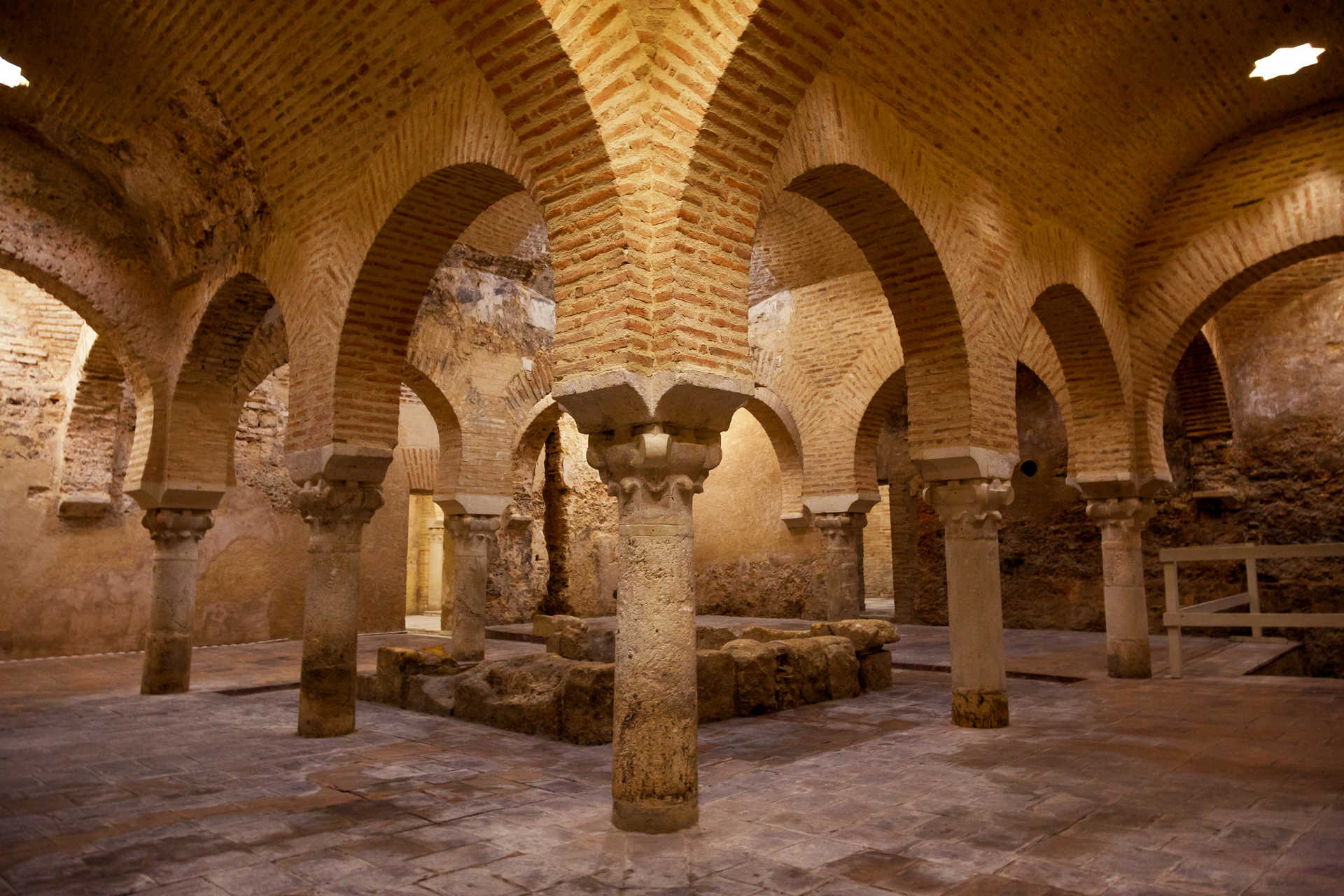
Plan 2. Museums
We begin at Jaén Provincial Museum, a building of regionalist architecture for a museum with accessible access, divided into two sections: one devoted to archaeology and another for the fine arts. Highlights include its collection of Roman mosaics as well as an exhibition of 19th century Jaén painting. Although not all rooms are accessible (specifically rooms six, seven and eight, as well as the works exhibited in the mezzanines, where there are stairs) all others are. There are adapted toilets, a lift and display cabinets where you can view some of the pieces on display at a reasonable height.
Next, there is the Naive Art Museum, which is the result of the collection by naive artist, Manuel Moral, the museum's creator who provides it with its name. It comprises national and international pieces, and it has some monographic rooms. Entry is free at this museum, located in the Arab Baths Cultural Centre. If you are looking to visit but you suffer from physical problems, you'll be interested to know that its entrances, cloakroom and toilets are accessible, and that the ticket sales window has an adapted desk. In addition, you can easily move around its facilities. Information panels have text in a suitable size for those with sight disabilities.
Our museum proposal finishes with the Jaén Museum of Popular Customs and Art, which is located in the same place as the aforementioned museum - the Arab Baths Cultural Centre - and which has an ethnographic character. Lifestyles, farm work, trades, traditions… Everything here relates to the past, with the exception of accessibility. As it is in the same establishment as the Naive Art Museum, its facilities are almost identical in this regard.
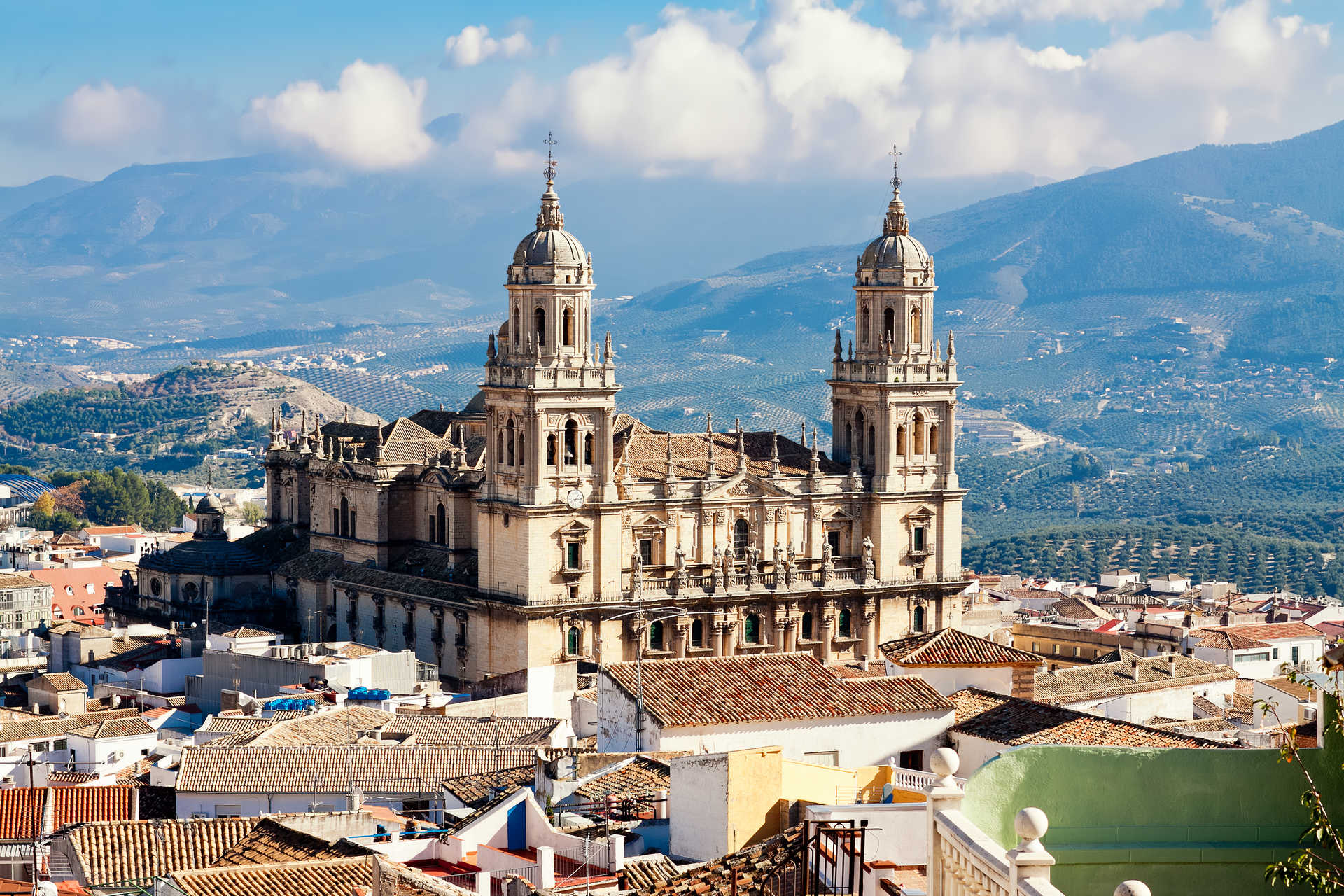
Plan 3. Monuments
You can visit Plaza de Santiago Air Raid Shelter, which is the only one still standing of all those built in the city. It was bombarded by the Condor Legion (the Nazi aviation team that came to help Franco). Restored in 2011 - but dating back to 1938 - it be visited in a wheelchair although some reviews advise the use of an electrical chair given the gradient of access ramps. Lighting is good and information panels are generally accessible.
Finally, if you would like to visit a church, take note: Santa María Magdalena Church is a 16th century Gothic temple that has a main access ramp and which can be easily explored. Jaén Cathedral and the churches of San Bartolomé and San Ildefonso also have accessible entrances (in the case of San Bartolomé, there is an access ramp at the side).

